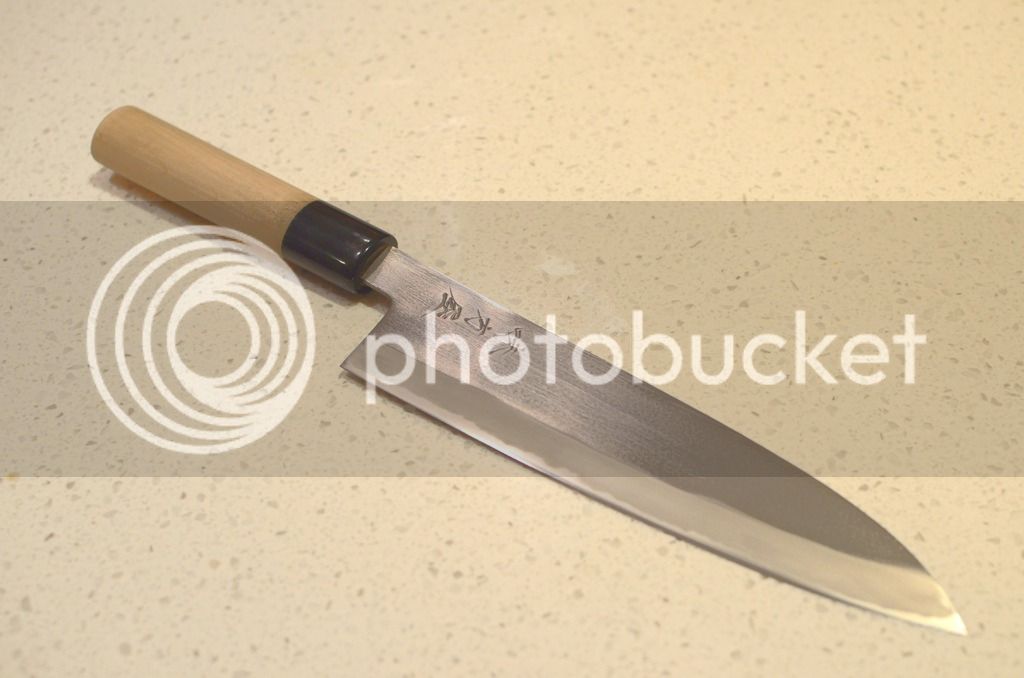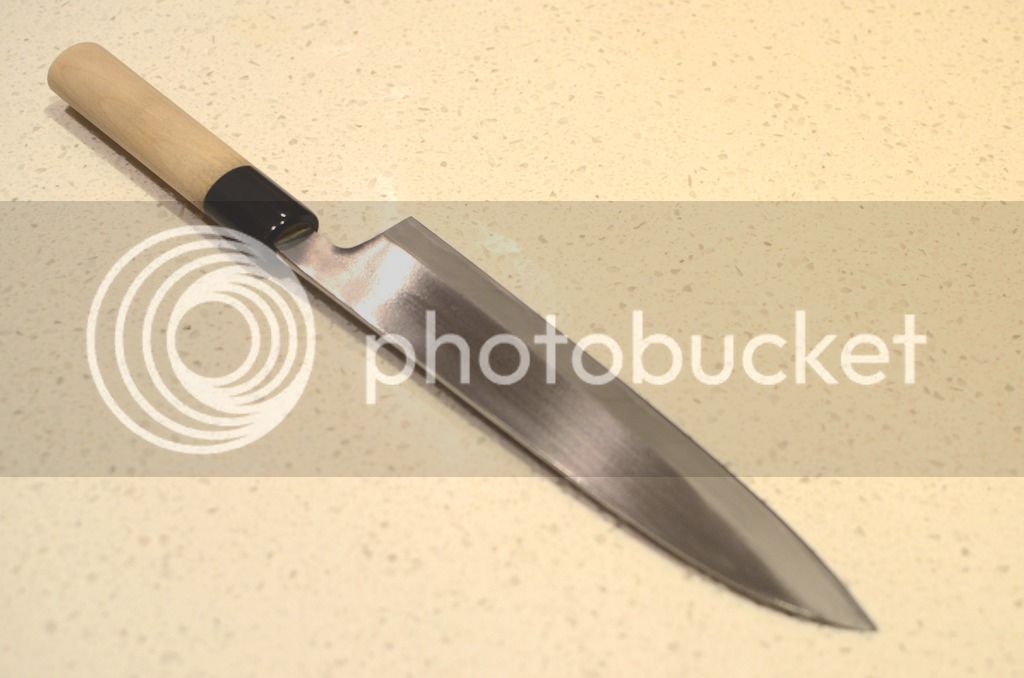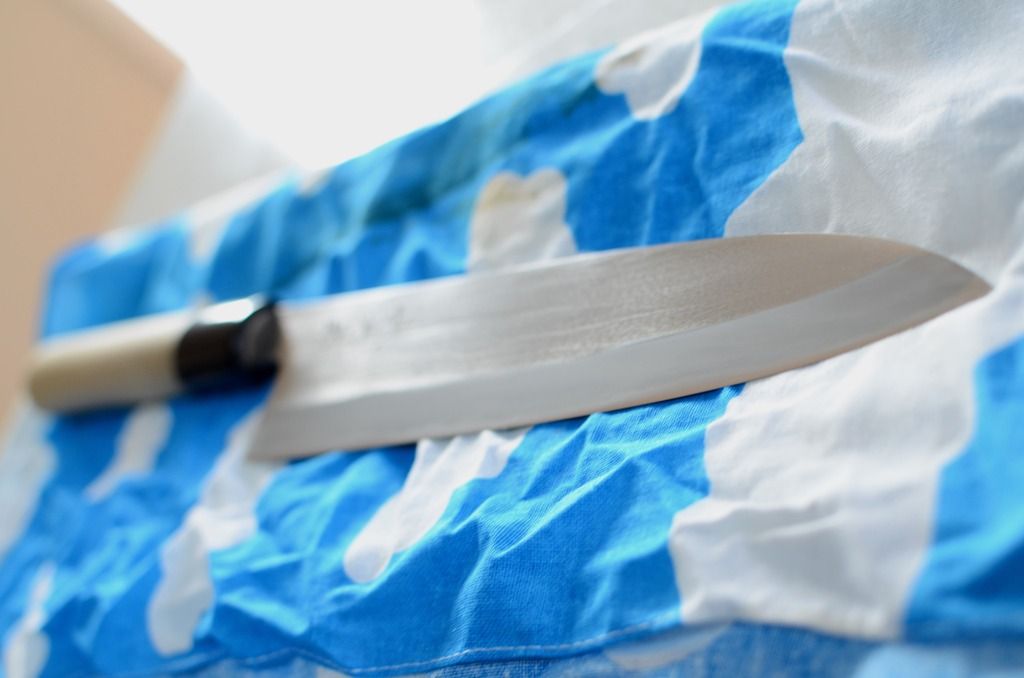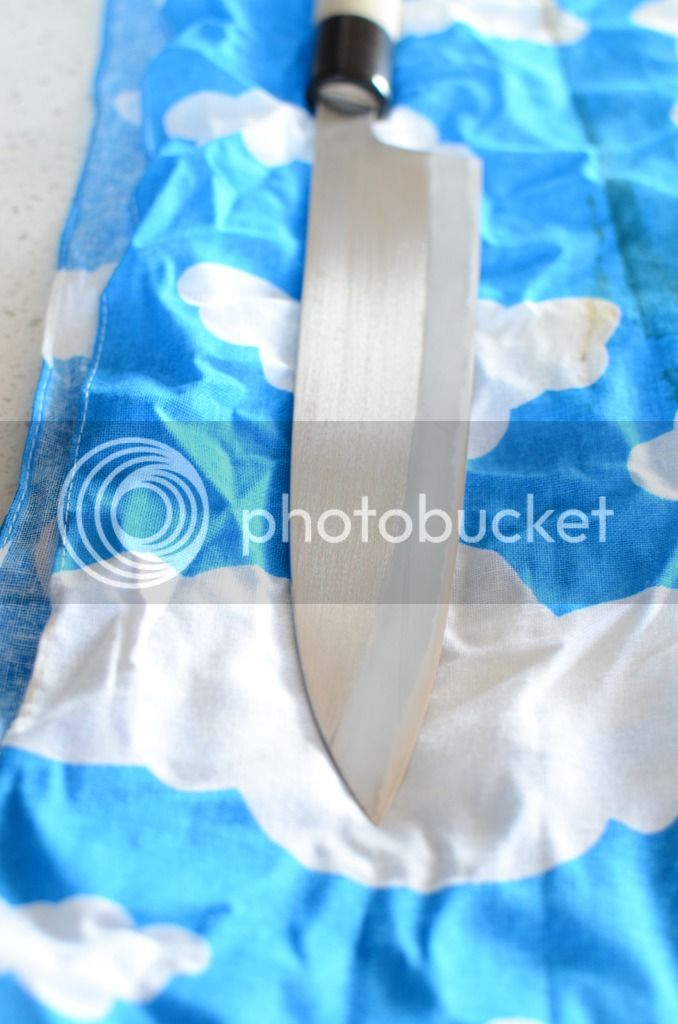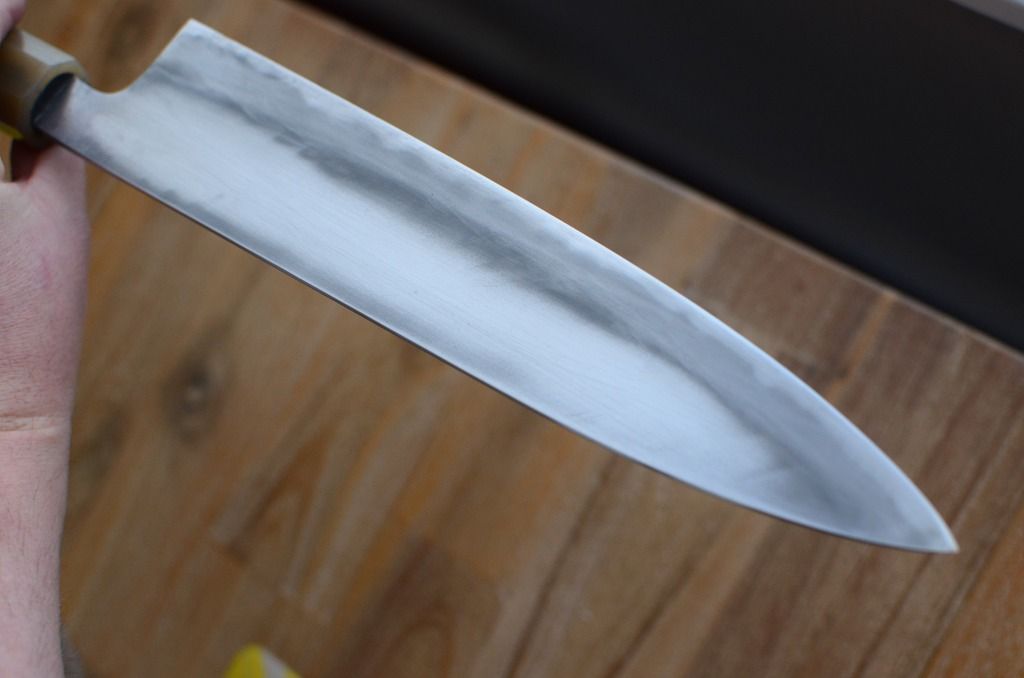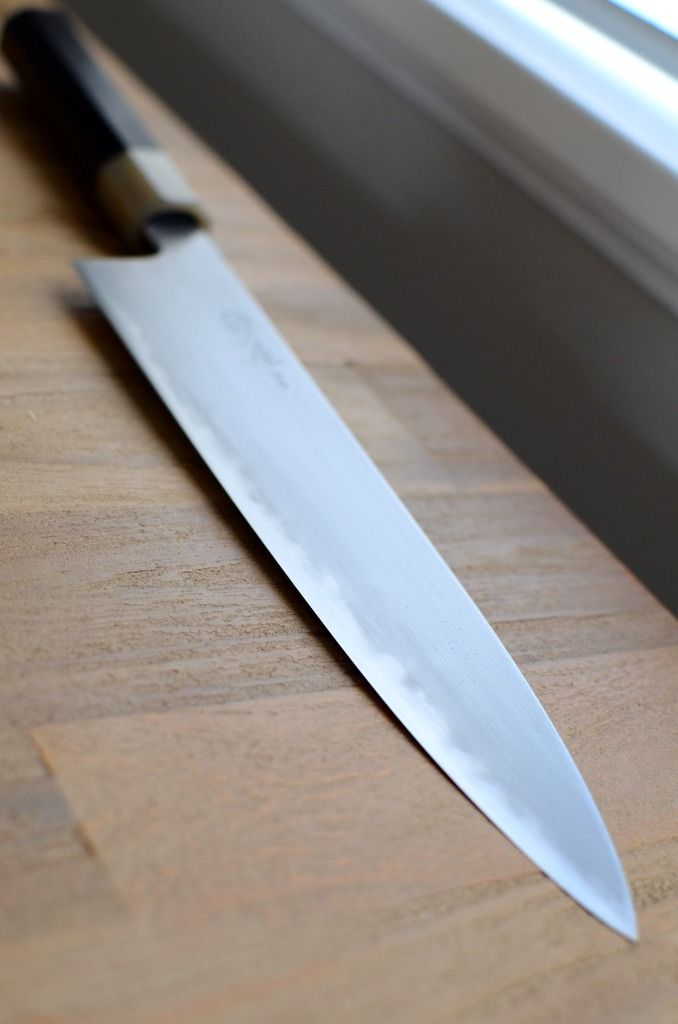DDPslice
Senior Member
- Joined
- Jun 21, 2014
- Messages
- 335
- Reaction score
- 2
I like to use slurry, with jnats (any stone) the slurry partials are meant to break down finer and finer. Also when I'm on my finishing polish 8k+ I will go over the entire knife, it just leaves it silky smooth. And I test the smoothness as a wipe it with a cloth in my hands. When it slips through I know I'm done.
also please only use food safe items unless you are a chemist.
apologies * i don't use any oil, just water







